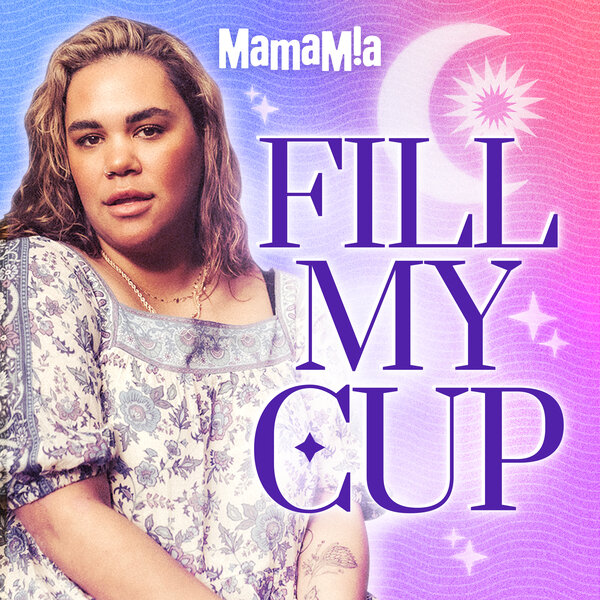
Image via iStock.
Yes, there are different types of headaches that can indicated different things. Do you feel it behind your eyes? Or on one side of your head? Or is the pain at the base of your skull?
Paying attention to what headache symptoms you have can help you to figure out what kind of treatment is best because different headaches are caused by different factors. Here’s to recognise them.
Tension headaches.
Tension headaches often feel a bit like a tight band around your head, an ache behind your eyes, or pain at the base of your skull at the back of your head. They are the most common of the various headache types, and are usually caused by muscle strain from the upper back, neck and head.
Dr Jerome Dixon, who specialises in treating headaches, tells me that another cause for tension headaches can be stress, because the muscular contractions in the head, face and neck regions are often due to stress and anxiety. Tightness in the neck and jaw regions can also be due to stress.
“One of the most common ways to treat tension headaches is to be aware of your lifestyle, things like having a bad desk or posture at work, squinting, hunching and clenching your jaw can cause tension headaches.” Dr Dixon says. (Post continues after gallery.)
Some primary headaches can be triggered by lifestyle factors include:




Top Comments
I had chronic migraines (now medicated to prevent) but I still get tension headaches. I get regular massages on my neck and back, have good meds on me all the time, just generally look after myself, and most importantly, I have an awesome neurologist.